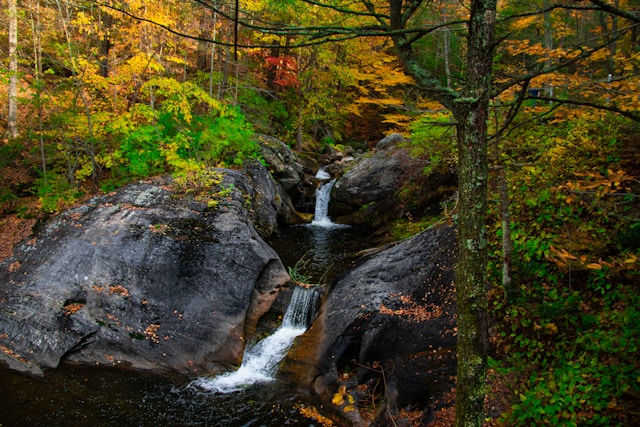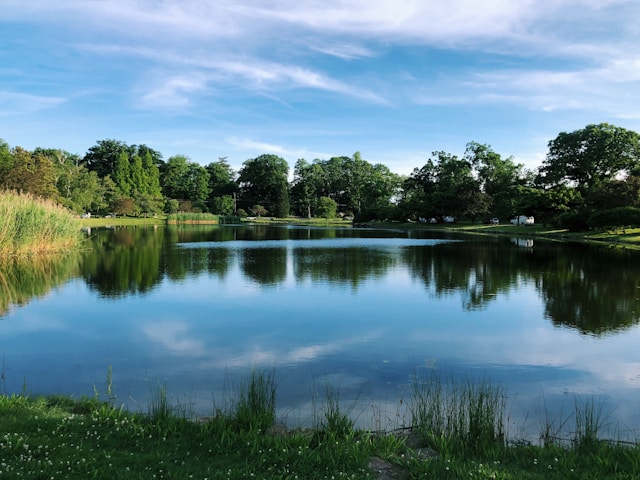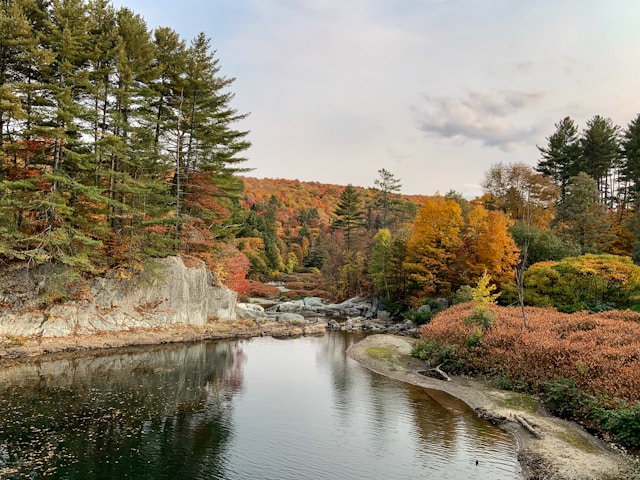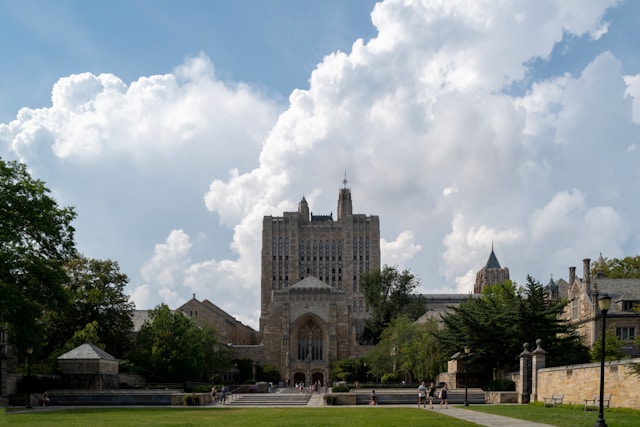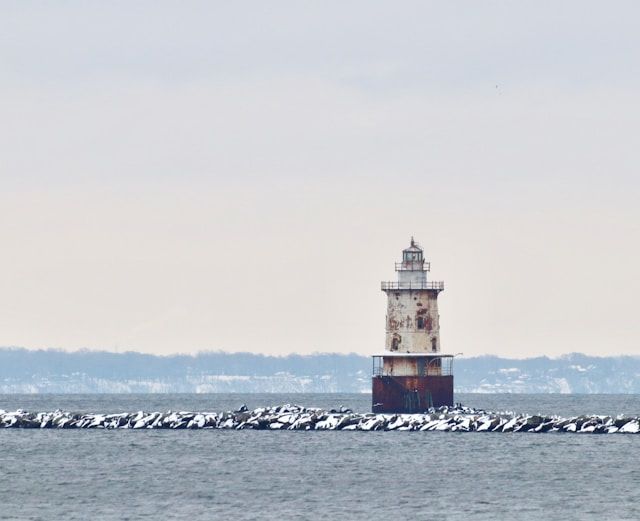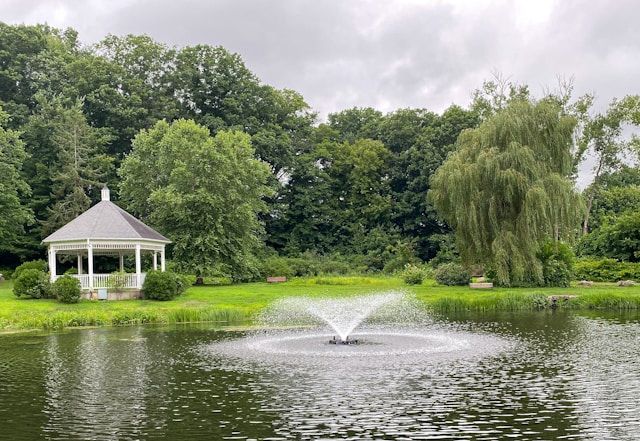# Connecticut’s Hidden Wild Places: Understanding Wildlife Management Areas
Connecticut’s landscape hides a surprising network of Wildlife Management Areas (WMAs). These wild spots often slip under the radar compared to the state’s busy parks and recreation areas.
Explore top-rated stays with no booking fees and instant confirmation. Your dream trip starts here!
Start Exploring Now
Spread across more than 135,000 acres, WMAs protect the state’s biodiversity and give native wildlife a place to thrive. They’re not your typical park—they’re rugged, less developed, and focused on conservation over recreation.
What Makes Wildlife Management Areas Different
State parks in places like Hartford and New Haven are carefully maintained, but WMAs take a different approach. Here, preserving habitats matters more than adding visitor comforts.
These areas act as sanctuaries where nature can do its thing with barely any human interference. It’s a quieter, wilder kind of outdoor space.
Conservation-First Philosophy
WMAs in Litchfield and Windham counties follow a different set of rules than the typical park. The Connecticut Department of Energy and Environmental Protection (DEEP) manages them, always putting conservation first.
They run habitat restoration projects, keep invasive species in check, and work to support a wide range of native wildlife. It’s hands-on work, and honestly, kind of inspiring to see that level of commitment.
Many WMAs used to be private farms or forests. The state picked them up for their ecological value, and now, in towns like Sharon and Pomfret, old farmland has turned into a haven for wildlife that might not make it elsewhere in Connecticut’s busy landscape.
Activities and Access in Connecticut’s WMAs
WMAs don’t come with picnic tables or swimming beaches, but they offer their own kind of adventure. If you love the outdoors and don’t mind skipping the frills, these places have a lot to offer.
Permitted Activities
Across Fairfield and New London counties, WMAs welcome visitors for activities that fit their conservation goals:
You’ll notice there are fewer marked trails, barely any signs, and not much in the way of facilities. That’s on purpose—they’re keeping the human footprint small to protect these sensitive spots.
This stripped-down approach gives you a more honest connection with Connecticut’s wild side. It’s not for everyone, but if you like nature raw and real, it’s worth a visit.
The Future of Connecticut’s Wild Places
As development keeps spreading in places like Stamford and Danbury, these protected areas matter more than ever. They’re holding the line for Connecticut’s wildlife, even as the state changes around them.
Funding and Support
Wildlife Management Areas rely on several funding sources. Hunting and fishing licenses, federal conservation grants, and dedicated wildlife programs all pitch in.
This setup ties outdoor enthusiasts directly to conservation. It’s a model that tries to keep land preservation sustainable, though it isn’t perfect.
If you’re a Connecticut resident craving something wilder than a regular park, WMAs might be your answer. These places let you wander quieter trails and catch glimpses of wildlife just doing their thing, undisturbed.
They’re a key part of Connecticut’s conservation efforts. WMAs give both wildlife and people a place to just be, surrounded by the real, unpolished outdoors.
So, next time you’re plotting an adventure, maybe skip the usual spots. Try out one of Connecticut’s Wildlife Management Areas—who knows, you might stumble onto a hidden patch of wild that feels like it’s been waiting for you all along.
Here is the source article for this story: CT has over 100K acres in wildlife management areas. Here’s what sets them apart from state parks.
Find available hotels and vacation homes instantly. No fees, best rates guaranteed!
Check Availability Now

